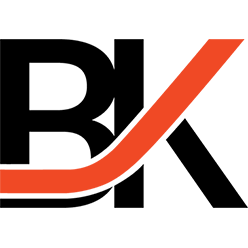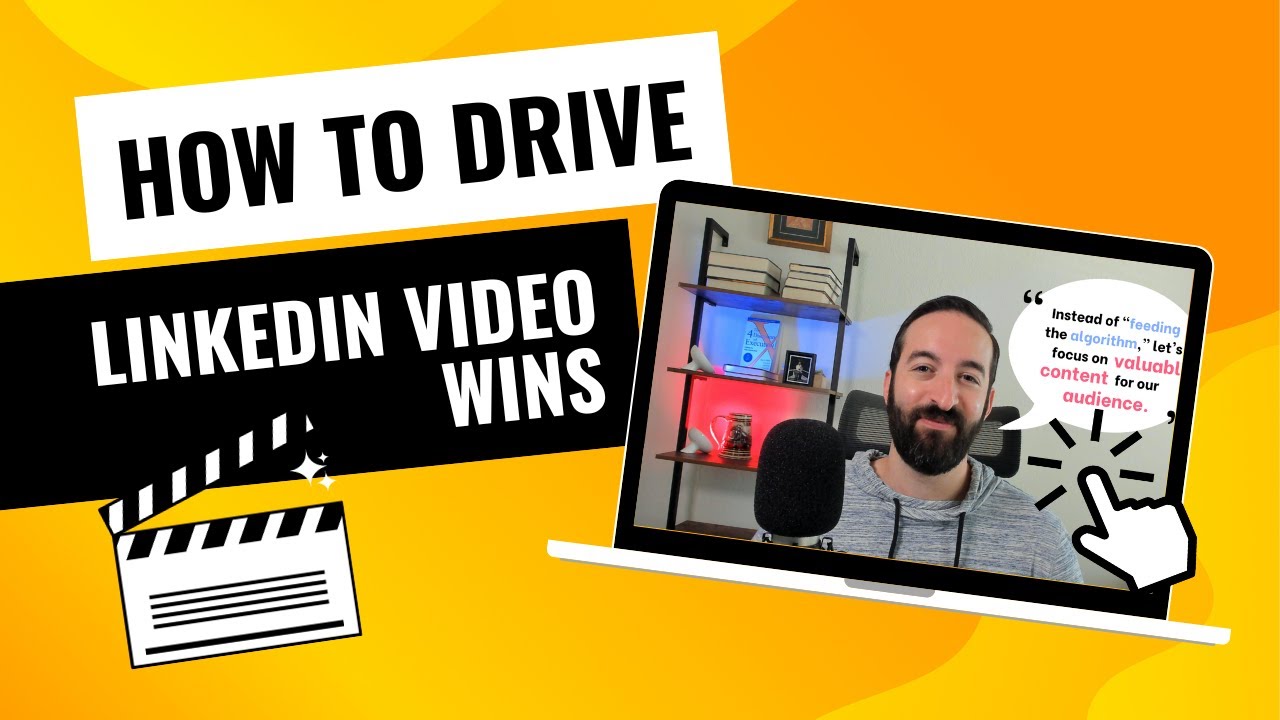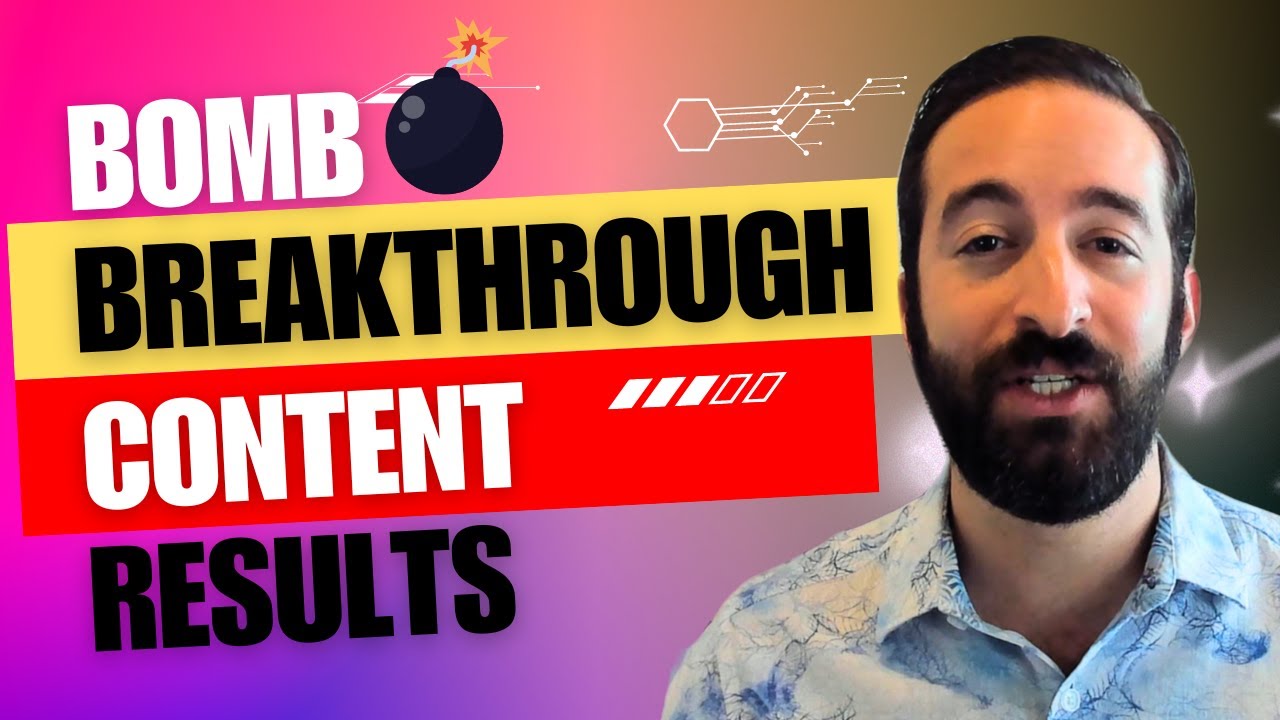Stop Falling For Video Likes: Here’s How to Drive Hidden Big Win Results
Ever wonder why your LinkedIn video posts get high impressions regardless of engagement? I have. My video posts have half the engagement of posts with other content types and still
Read More | Watch Video


